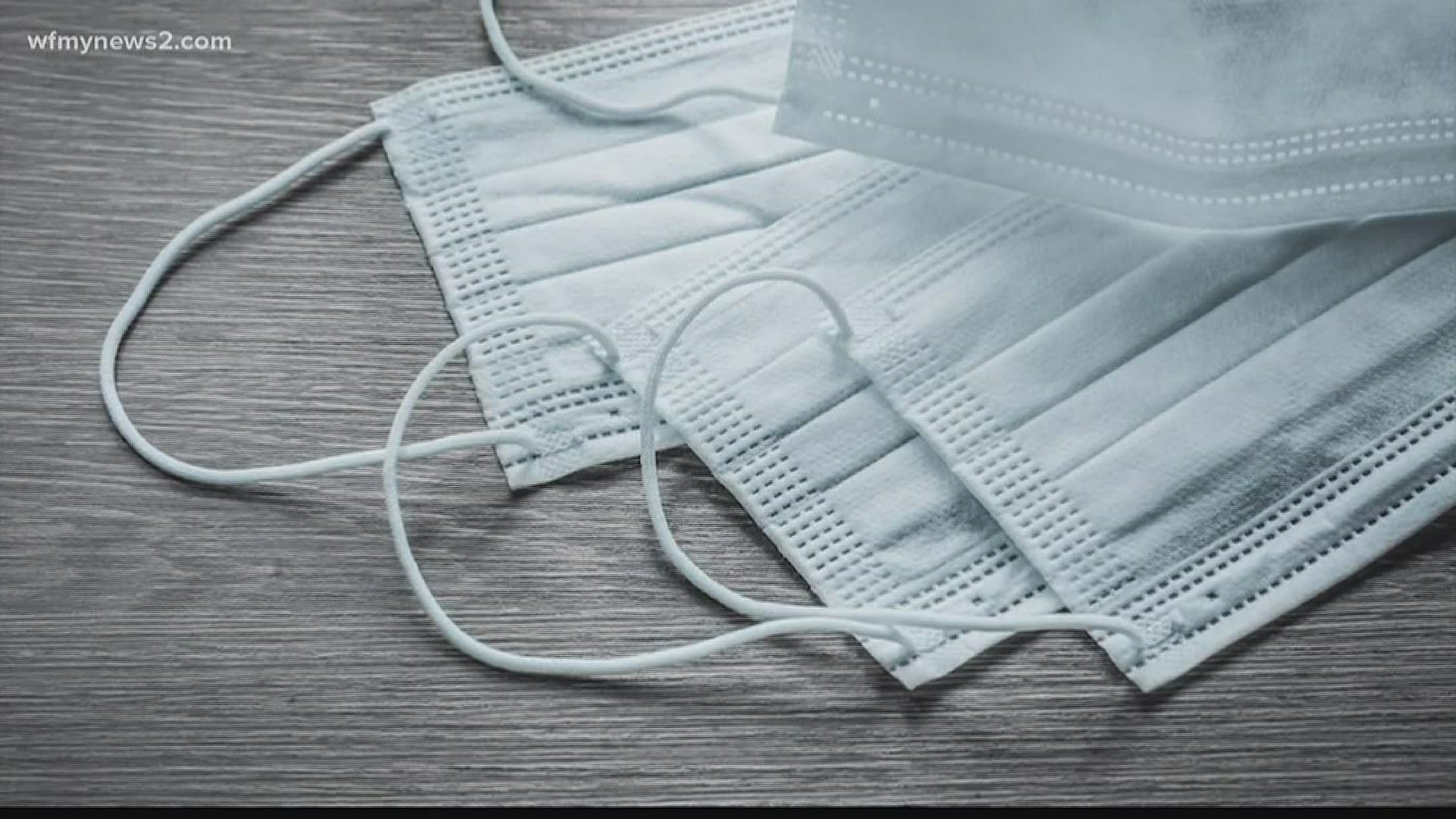The CDC wants all of us to wear masks in public, amid the ongoing coronavirus pandemic. Children are no exception. The American Academy of Pediatrics recommends children older than two wear masks if they're outdoors and unable to social distance. But getting children to wear masks just like getting them to wear dress clothes is easier said than done.
Keep your explanations simple about the reasons to wear masks, particularly with younger children. You might explain that wearing masks helps keep people safe and if they're sick they can get better faster.
For children three years and older, still use simple language. You can explain that germs make people sick, but you can't see germs. This is why people have to wear masks.
To encourage children to wear masks, Act like it's a normal every day thing - like putting on shoes and a jacket before walking out of the house. Don't make it a big deal. Don't draw attention to it. If you get the sense that your kid will be hesistant because they see a mask on you then put the mask on their favorite toy or stuffed animal. And praise any attempts of them touching the mask to picking it up to putting it around their face until they're wearing it. Ask them to show their toy the way to put on the mask. Make them the helper - like mommy/daddy is to them.
To encourage children to wear masks, act like it's a normal every day thing just like getting dressed. You can explain that you put on a jacket to stay warm, you put on shoes to protect your feet, you wear a mask to stay healthy. Don't make it a big deal. Don't draw attention to it. If you get the sense that your kid will be hesistant because they see a mask on you then put the mask on their favorite toy or stuffed animal. And praise any attempts of them touching the mask to picking it up to putting it around their face until they're wearing it. Ask them to show their toy the way to put on the mask. Make them the helper - like mommy/daddy is to them.
To encourage kids to wear masks, act like it's a normal every day thing - like putting on shoes and a jacket before walking out of the house. When getting your kids dressed you can explain that you wear a jacket to stay warm, you put on shoes to protect your feet and you wear a mask to stay healthy. Don't make it a big deal. Don't draw attention to it. If you get the sense that your kid will be hesitant to wear a mask, you can put a mask on their favorite stuffed animal or doll. Tell them that their stuffed animal or doll needs their help to stay healthy. And they can be a big help by putting the mask on their toy's face. Explain just like you take care of them, they can take care of their toy. You can make the experience fun by letting them color or paint their masks. They can use stickers to decorate. And praise any attempts of them touching the mask to picking it up to putting it around their face until they're wearing it.
When it comes to parenting, you need patience. It could take your child a bit to get used to the masks. When it comes to body language, the calmer you are, the calmer they'll be. Think of times when your kid has fallen and hurt themselves and they looked at you because they weren't sure how to act. You acted calm, they were calm. You freaked out then they freaked out. Same concept with the mask. Make it fun and playful. Make sure relaxed body language, smiling, shoulders down, and even tone of voice.

